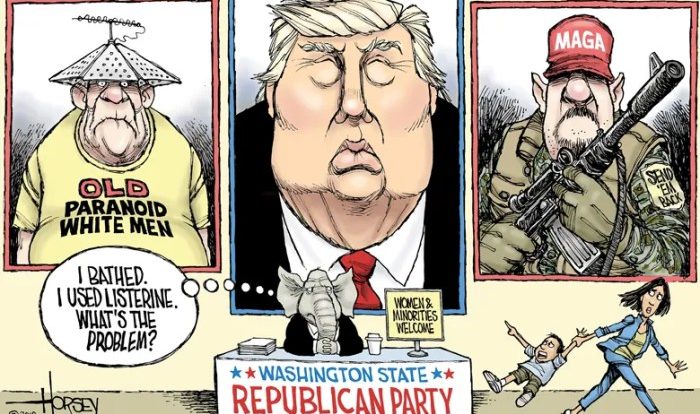Ho Chi Minh political cartoons offer a captivating glimpse into the political and social landscape of Vietnam during Ho Chi Minh’s era. These cartoons, rich in symbolism and artistic techniques, played a pivotal role in shaping public opinion and promoting specific political agendas.
Delving into the visual elements, ideological perspectives, and cultural impact of these cartoons, we uncover a complex and fascinating narrative that sheds light on Vietnam’s past and present.
Historical Context
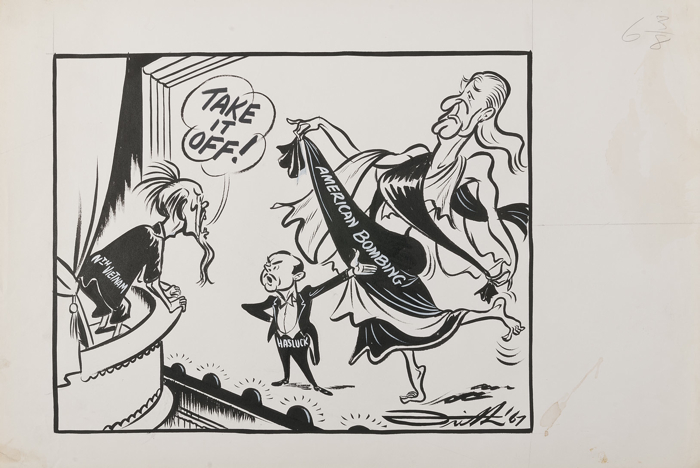
Ho Chi Minh, born Nguyen Sinh Cung, was a Vietnamese revolutionary leader who led his country to independence from French colonial rule. He played a pivotal role in the formation of the Democratic Republic of Vietnam (North Vietnam) in 1945 and served as its president until his death in 1969.
Ho Chi Minh, a revered figure in Vietnamese history, has been the subject of countless political cartoons. These cartoons often depict him as a symbol of Vietnamese independence and resistance. For instance, one cartoon shows him riding a bicycle, a symbol of his humble beginnings, while leading a group of Vietnamese people towards a brighter future.
While exploring the historical significance of Ho Chi Minh political cartoons, one may also find themselves curious about the answers to the energy skate park lab. To delve into this topic, you can refer to energy skate park lab answers for comprehensive insights.
Returning to the topic of Ho Chi Minh political cartoons, it’s fascinating to observe how artists have used their creativity to portray his legacy and inspire generations of Vietnamese people.
Political cartoons were a powerful tool for shaping public opinion during Ho Chi Minh’s time. They provided a visual and often satirical commentary on political events and figures, helping to shape public perceptions and influence political discourse.
Political Cartoons and Ho Chi Minh
Political cartoons depicting Ho Chi Minh often portrayed him as a symbol of Vietnamese nationalism and resistance to foreign rule. They celebrated his leadership and the progress made under his presidency, while also criticizing his opponents and the challenges facing the young nation.
These cartoons played a significant role in shaping public opinion and mobilizing support for Ho Chi Minh and his policies. They helped to create a sense of national unity and purpose, and contributed to the eventual success of the Vietnamese revolution.
Visual Analysis
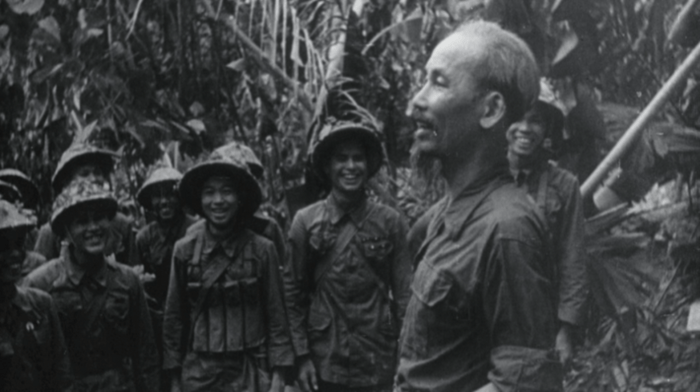
Ho Chi Minh political cartoons often employ recognizable visual elements to convey their messages. These elements include:
Symbolism
Cartoons frequently use symbols to represent complex ideas or concepts. For example, Ho Chi Minh might be depicted as a dove to symbolize peace or a tiger to represent strength.
Caricature
Caricatures are exaggerated representations of individuals, often used to emphasize their characteristics or flaws. Ho Chi Minh’s distinctive features, such as his glasses and mustache, are often exaggerated in cartoons.
Other Artistic Techniques
Cartoons may also use other artistic techniques to create a desired effect. These techniques include:
- Metaphor:Using one thing to represent something else, e.g., a dove to represent peace.
- Irony:Using a statement to convey the opposite of its literal meaning, e.g., depicting Ho Chi Minh as a dove when he is actually known for his military leadership.
- Satire:Using humor to criticize or ridicule, e.g., portraying Ho Chi Minh as a puppet of the Soviet Union.
Ideological Perspectives
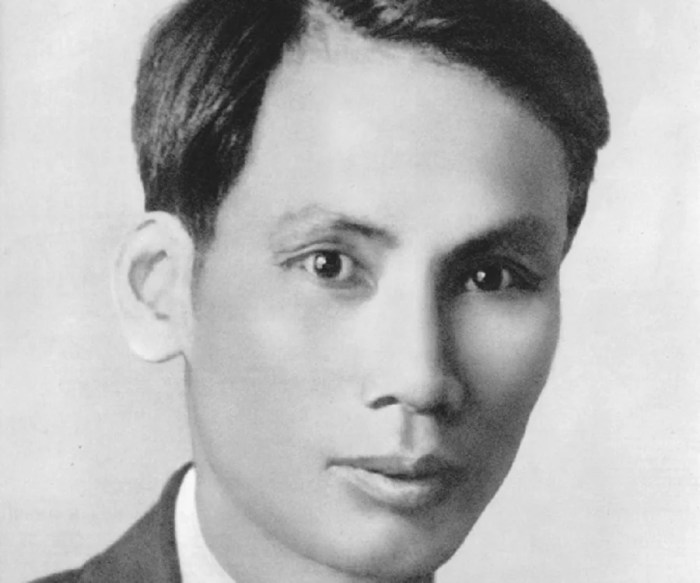
Ho Chi Minh political cartoons reflected the ideological clash between Vietnamese nationalism and French colonialism. The cartoons often depicted Ho Chi Minh as a symbol of Vietnamese resistance, while the French were portrayed as oppressive and exploitative.
The cartoons also reflected the social and political debates of the era, such as the struggle for independence, the fight against imperialism, and the desire for social justice.
Vietnamese Nationalism, Ho chi minh political cartoon
Vietnamese nationalism was a powerful force in the early 20th century. The cartoons often depicted Ho Chi Minh as a symbol of this nationalism, leading the Vietnamese people in their fight for independence from France.
French Colonialism
French colonialism was a major force in Vietnam in the early 20th century. The cartoons often depicted the French as oppressive and exploitative, exploiting the Vietnamese people and their resources.
Social Justice
The cartoons also reflected the desire for social justice in Vietnam. Ho Chi Minh was often depicted as a champion of the poor and oppressed, fighting for their rights and well-being.
Propaganda and Persuasion
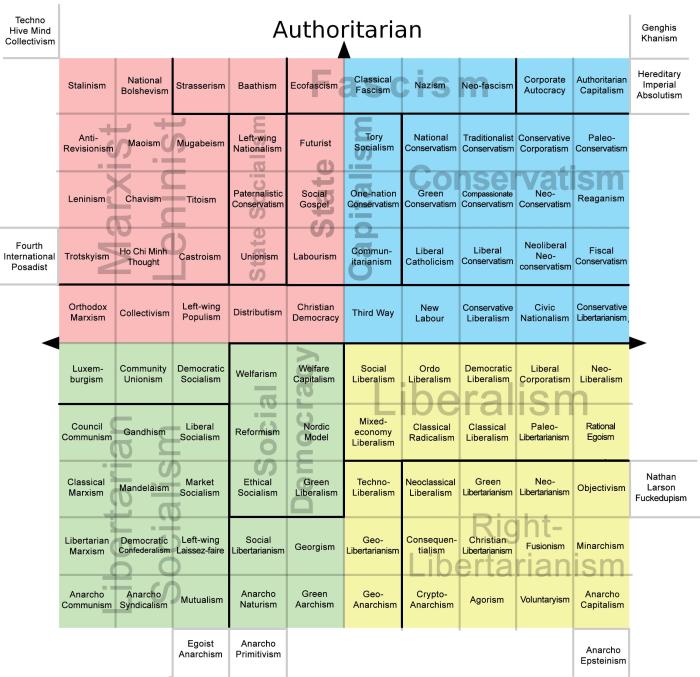
Ho Chi Minh political cartoons played a crucial role as propaganda tools during the Vietnam War era. These cartoons were widely distributed and used to influence public opinion, promote specific political agendas, and mobilize support for the Vietnamese cause.
The cartoons employed various techniques to persuade and manipulate the audience. They often depicted the Vietnamese as victims of oppression and aggression, while portraying the Americans and their allies as cruel and exploitative. The cartoons also relied on symbols, metaphors, and emotional appeals to elicit sympathy and outrage from the viewers.
Impact on Public Opinion
- The cartoons helped shape public opinion in the United States and other countries, generating support for the anti-war movement.
- They exposed the realities of the war, challenging the official narratives presented by governments and media outlets.
- The cartoons played a significant role in galvanizing opposition to the war and ultimately contributed to the withdrawal of American troops from Vietnam.
Cultural Impact

Ho Chi Minh political cartoons played a significant role in shaping Vietnamese identity and political consciousness. These cartoons were widely disseminated, reaching both urban and rural audiences, and helped to create a shared understanding of the country’s history, struggles, and aspirations.
The cartoons often depicted Ho Chi Minh as a heroic figure, leading the Vietnamese people in their fight for independence and socialism. This helped to create a sense of national pride and unity, and inspired Vietnamese people to believe in their ability to overcome adversity.
Popular Culture
Ho Chi Minh political cartoons were not only political tools but also became a part of popular culture. They were reproduced on posters, postcards, and other items, and were even used in schools to teach children about Vietnamese history. This helped to spread the message of the revolution and to ensure that Ho Chi Minh’s legacy would continue to be remembered.
Questions Often Asked: Ho Chi Minh Political Cartoon
What was the primary purpose of Ho Chi Minh political cartoons?
Ho Chi Minh political cartoons served as propaganda tools, aiming to influence public opinion and promote specific political agendas.
How did these cartoons reflect the political and social debates of the era?
Ho Chi Minh political cartoons mirrored the ideological clashes and social issues prevalent during Ho Chi Minh’s time, providing visual commentary on the political landscape.
What artistic techniques were commonly employed in these cartoons?
Ho Chi Minh political cartoons utilized symbolism, caricature, and other artistic techniques to convey complex messages and evoke emotional responses.
